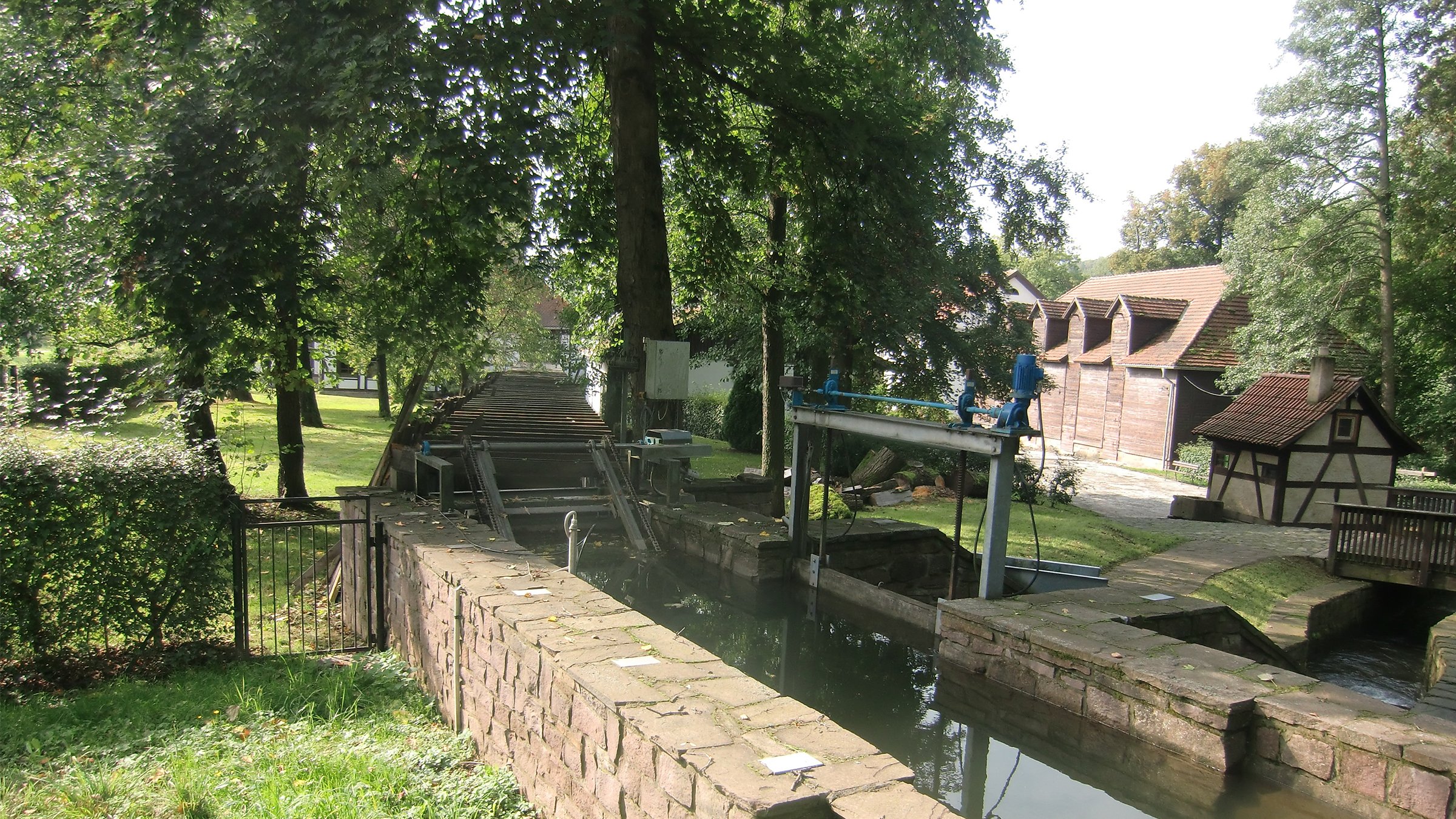The Right Controller for the Hydropower System
“The controller in the system wouldn’t switch on, the control panel didn’t work, and we had no internal programs,” says Petter. As a result, the automation specialist in the GeP team looked around for a suitable new solution – and the CompactLogix™ controller from Rockwell Automation caught his eye. “It’s exactly the right controller for our purposes and offers the same functionality as large controllers,” he adds. The CompactLogix™ series handles safety, motion and drive elements, as well as discrete functions, with a single controller. It integrates programming software, control and I/O modules, helping to reduce development time along with commissioning and operating costs. As GeP found that the controller was also cost-effective, it decided to replace the old controller with a CompactLogix™ L1. “Another advantage was that the controller is already equipped with 16 inputs and outputs – exactly the same number as the previous one,” notes Frank Petter. “The Rockwell Automation controller’s dimensions were also slightly smaller, so we didn’t need to change anything in the existing wiring cabinet.” The team could simply fit the CompactLogix™ onto the existing top-hat rail and connect the corresponding I/Os. “We also used a decentralised Point I/O from Rockwell Automation, as we needed to wire some additional I/Os,” he adds. This modular I/O component is particularly suitable for industrial applications that require flexibility as well as low implementation and operating costs for the control system.
Safety Functions Are a Top Priority
Today, the CompactLogix™ controls both turbines in the hydropower system at the Neue Hütte museum. It keeps the water in the inflow tank at a constant level by using valves to supply the turbines with the right amount of water. Other functions controlled by the CompactLogix™ include the selection and interaction of the turbines. An unusual characteristic of the systems is that one of the turbines operates with 11kW power and the other with 30kW. The controller also ensures that the system connects to the electricity grid at the right frequency (synchronisation) to supply energy to it. However, the most important functions are related to safety. “If a fault occurs, the controller needs to power down the plant properly and make it safe,” explains Petter. “That includes stopping the water flow and opening the barrages – otherwise the system would be destroyed and the museum would become flooded.” The controller is equipped with 24V batteries to ensure operation even if there is a power cut. Power cuts can be dangerous – even for a plant running smoothly. One example of the controller’s safety functions is how it works during maintenance work on power lines, as Frank Petter explains: “If a technician is working on a power line connected to the electricity grid, the controller stops the outflow of power from the turbines. Safety functions are our top priority here!”
The entire plant is operated using a PanelView™ Plus 6 graphic terminal. This provides a graphical interface that allows the operator to view, monitor and control all status information. “We get a large number of signals from this system,” says Frank Petter. “That’s why visualisation is the most critical aspect of system control.” Especially as the plant can also be operated manually if desired. “When that happens, we need precise information about the system’s current status. The visualisation on a graphics display is a big advantage – we can detect any problems immediately on the overview screen and act quickly to resolve them. And if the operator needs more details, they’re available in the appropriate sub-images."

